-1200x800h.png)
Global Top 10 Solar Mounting System Brands Research Report (2025)
—Industry Restructuring Driven by Technological Evolution, Regional Competition, and Policy Shifts
I. Industry Background and Key Drivers
1. Global PV Installation Scale
- Global annual PV installations are projected to reach 450 GW in 2025 (IEA data), with distributed PV systems accounting for 42%, driving demand for lightweight and scenario-specific mounting solutions.
- China, the EU, and the U.S. contribute 75% of new installations, while Southeast Asia, the Middle East, and Latin America emerge as high-growth regions with annual growth rates exceeding 25%.
2. Techno-Economic Breakthroughs
- Bifacial Module Adoption: Penetration exceeds 65% in 2025, boosting tracker demand (bifacial + tracking systems achieve 25-35% energy gain).
- LCOE Decline: Global utility-scale LCOE drops to 0.13/kWh in 2015), with mounting systems now representing 6-8% of total costs** but requiring significantly higher technical sophistication.
3. Policy and Standard Upgrades
- EU: CE certification now mandates structural durability testing (EN 1991-1-4:2024), requiring 25-year wind and seismic performance guarantees.
- U.S.: Revised UL 3703 standards enforce dynamic load testing, restricting market access for trackers without AI algorithm certification.
- China: MIIT’s Smart PV Industry Innovation Plan requires mounting systems to integrate energy monitoring, targeting 50% coverage by 2025.
II. Top 10 Brands: Technical Competitiveness and Market Performance
1. Nextracker (USA)
- Technical Specifications
- Dynamic Terrain Algorithm: Trained on 1,200 terrain samples, adapts to slopes up to ±30° with <2% energy fluctuation.
- Wind Resistance: 60 m/s (Category 5 hurricane) certified by TÜV SÜD, deployed in typhoon-prone Philippine projects.
- Production: Chennai, India facility expands to 10 GW capacity, serving Southeast Asia with >70% local content.
- R&D Investment: $230 million in 2024 (9.6% of revenue), focused on AI predictive maintenance systems.
2. ARCTECH (China)
- Patent Portfolio: 623 global patents (89 PCT), covering dual-axis drive and linkage locking technologies.
- Project Case: Redstone 100 MW CSP plant in South Africa uses high-temperature-resistant brackets (-40°C to 400°C).
- Supply Chain: Collaborates with Baosteel on weather-resistant steel (BGN-550), reducing material costs by 12% with 35-year salt spray resistance.
3. Array Technologies (USA)
- Cost Efficiency: Robotic welding in Mexico cuts production time to 18 minutes per unit, lowering labor costs by 40%.
- Business Model: "Mounting-as-a-Service" subscription charges based on energy output, securing long-term contracts.
- Certifications: ISO 12944 C5-M certification for offshore PV applications, deployed in the Netherlands’ 3.5 GW North Sea project.
4. Grace Solar (China)
- Material Innovation: 6005-T5 aluminum alloy passes JIS H8601 salt spray test (3,000 hours rust-free), reducing weight by 65% (JPEA Technology Award winner).
- Regional Dominance: 11.2 GW cumulative installations in Japan (2021-2025), with 98% slope adaptability in Kyushu’s 17.17 MW mountain project (METI subsidy: ¥2.4 billion).
- Smart Manufacturing: Xiamen facility achieves 3.2 MW/day per line with AI visual inspection (99.7% defect detection).
5. PV Hardware (Spain)
- Engineering Milestone: Titanium alloy (Ti-6Al-4V) brackets for Saudi NEOM reduce sand erosion loss to <0.3%/year, outperforming galvanized steel by 8x.
- Local Compliance: Texas factory achieves 100% UL-certified localized production, bypassing 25% tariffs and lifting North American market share to 12%.
6. Antai New Energy (China)
- Distributed Expertise: MetaRoof system adapts to European pitched roofs (15°-60°), cutting installation time by 50% (120 MW order from France’s CTC Group).
- Low-Carbon Tech: Carbon footprint tracking platform (developed with CAS) reduces lifecycle emissions by 18% vs. industry average.
7. Nanfei NCNF (China)
- Structural Design: HDPE-carbon fiber floating systems (3.5 kN/m² load capacity) deployed in Vietnam’s 4.8 GW fishery-PV project.
- Scale Advantage: Nanchang facility—world’s largest mounting system plant—achieves 60 GW annual capacity (12% global supply) with 92% automation.
8. TrinaTracker (China)
- Algorithm Precision: SuperTrack AI integrates satellite weather data, achieving <1.5% energy prediction error (TÜV SÜD Class A certification).
- EU Localization: Spanish plant achieves 55% local content, complying with EU’s Net-Zero Industry Act, driving 2024 shipments up 220%.
9. Clenergy (China)
- Humid Climate Solution: Nano-alumina coating in Thailand reduces corrosion to 0.015 mm/year (TISI-certified).
- Grid Integration: Trackers with flow batteries provide <200 ms frequency response in Australia’s grid, boosting revenue by 7%.
10. Versolsolar (China)
- Circular Economy: Recycled aluminum brackets (ReAl-500) cut carbon footprint to 218 kg CO₂/kW (62% reduction), UL ECV-certified.
- Installation Innovation: ClipLock bolt-free rails reduce labor to 120 hours/MW, capturing 19% of North America’s C&I market.
III. Regional Market Dynamics
1. Europe: Policy-Driven Localization
- Key Policy: EU’s Carbon Border Adjustment Mechanism (CBAM) imposes €55/ton carbon tax, accelerating local production.
- Case Study: Grace Solar’s Italian plant (5 GW capacity, >60% local content) boosts EU exports by 220% in 2024.
2. Americas: Cost and Tariff Strategies
- U.S.: 35% tariffs on Chinese PV products push Nextracker and Array Technologies to 95% domestic capacity utilization.
- Brazil: Tax exemptions attract ARCTECH and Nanfei, jointly capturing 50% market share with 180% shipment growth in 2024.
3. Asia-Pacific: Technology and Scenario Adaptation
- Japan: Mountain PV installations exceed 30%, with Grace Solar’s lightweight systems achieving 98% slope adaptability (5% subsidy premium for JET-certified products).
- India: BIS mandates 50°C heat resistance; Antai’s AlMg3 alloy brackets secure 22% market share.
IV. Technological Trends and Challenges
1. Material Innovations
- Titanium Alloy: Cost drops to 80 in 2020), projected to capture 15% of offshore PV applications**.
- Composites: CFRP prototypes weigh 40% less than aluminum but cost 5-8x more, limiting near-term adoption.
2. Digitalization and AI
- AI Forecasting: Nextracker and TrinaTracker models achieve <2% energy prediction errors, enabling 10-15% pricing premiums.
- Digital Twins: ARCTECH’s lifecycle management platform reduces failure rates by 30% and O&M costs by 25%.
3. Industry Challenges
- Supply Chain Volatility: Aluminum price volatility rises to 25% (2024 LME data), necessitating >70% raw material hedging.
- Standard Fragmentation: 37 incompatible regional certifications increase compliance costs by 18-22% for market leaders.
V. Conclusions and Recommendations
- Technology Leadership: Prioritize lightweight design, AI integration, and longevity, maintaining R&D spending >6% of revenue.
- Regional Strategy: Preemptively establish localized production and certification hubs in policy-sensitive markets (e.g., EU, U.S.).
- Collaborative Ecosystems: Form a "Global Solar Mounting Alliance" to harmonize international standards and reduce compliance costs.
Data Sources
- International Energy Agency (IEA): Global PV Market Outlook 2025
- PV-Tech: Global Tracker Technology Whitepaper
- Corporate Annual Reports (2024-2025)
- Third-Party Certifications: TÜV SÜD, UL, JPEA
For detailed technical specifications or customized analysis, contact industry research agencies or visit corporate websites.
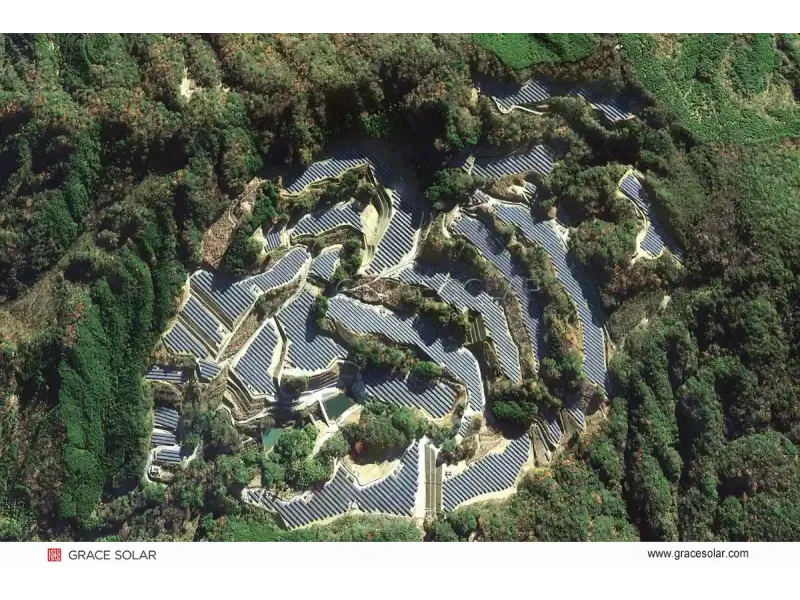
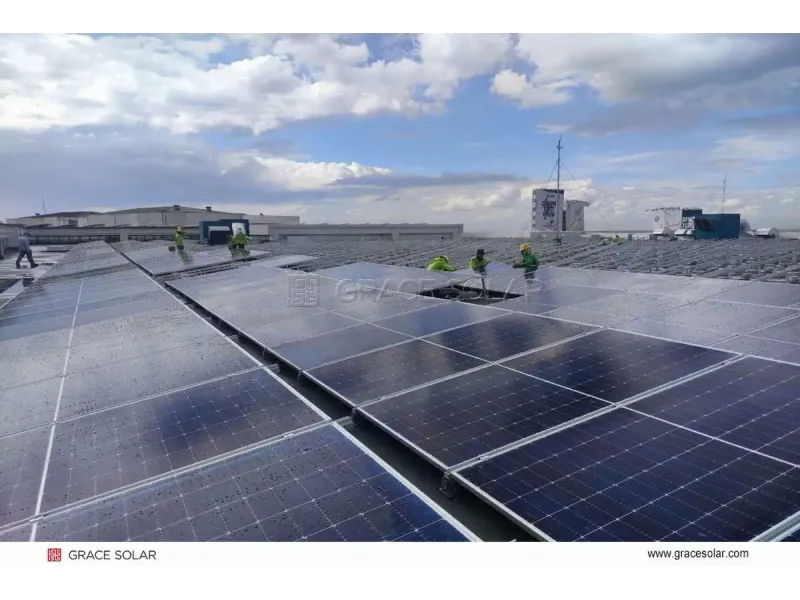
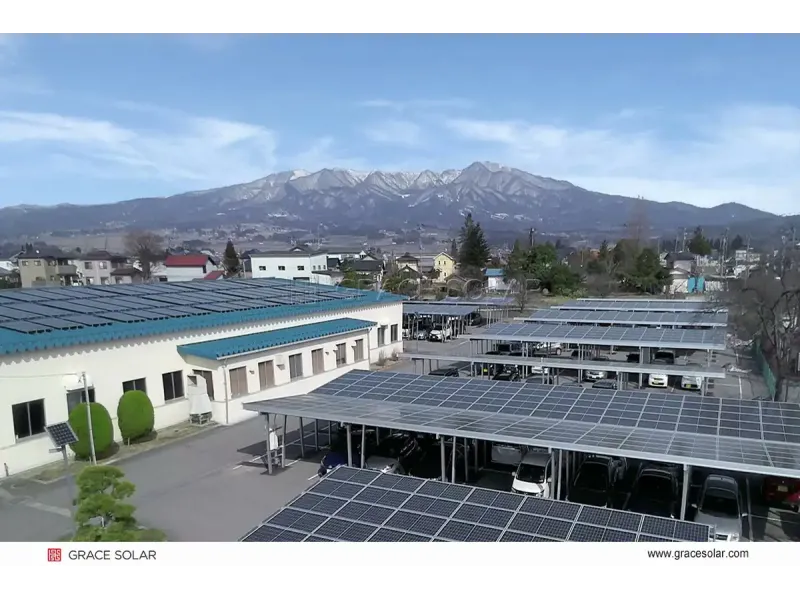
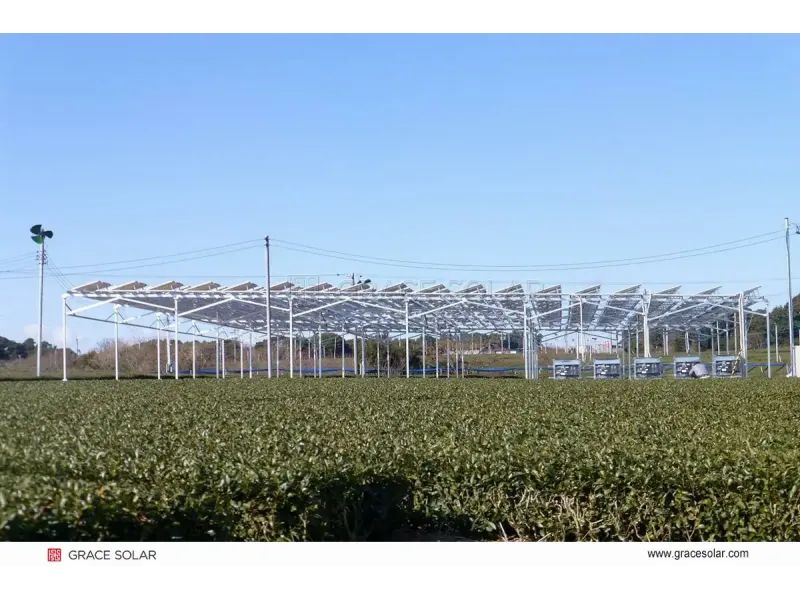
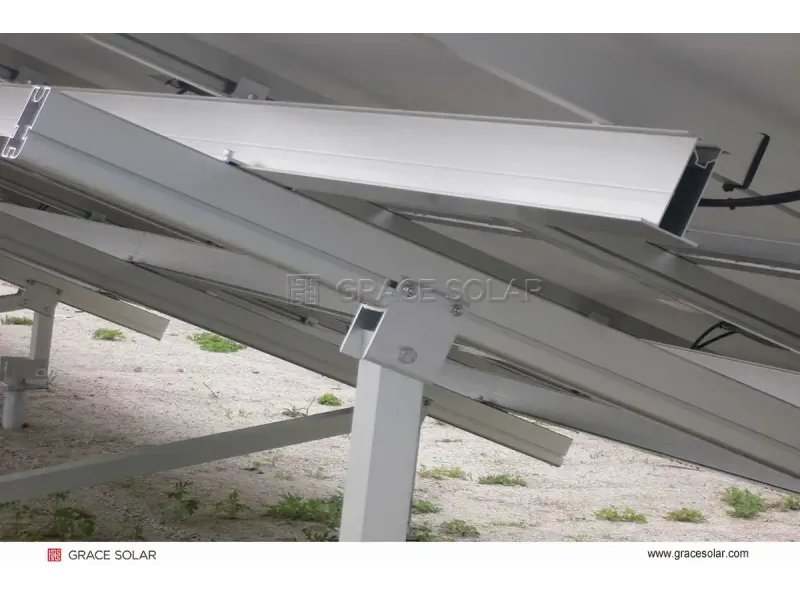


/Adjustable%20solar%20ground%20mount%20system%20on%20snowy%20mountain%20with%2055%20Angle%20tilt_-400x300w.webp)
/Engineer%20assembling%20Grace%20Solar's%20portrait%20ground%20mount%20in%20typhoon%20area_-400x300w.webp)
/Grace%20Solar%20Aluminum%20Ground%20Mount%20System%20for%20495W%20Solar%20Panels_-400x300w.webp)
/High-Strength%20Aluminum%20Alloy%20Frame%20with%20Hot-Dip%20Galvanized%20Joints_-400x300w.webp)
/Aluminum%20Alloy%20Solar%20Ground%20Mounting%20System%20by%20Grace%20Solar_-400x300w.webp)
/Single%20Column%20Piling%20Structure%20for%20Solar%20Panels%20on%20Sloped%20Terrain_-400x300w.webp)